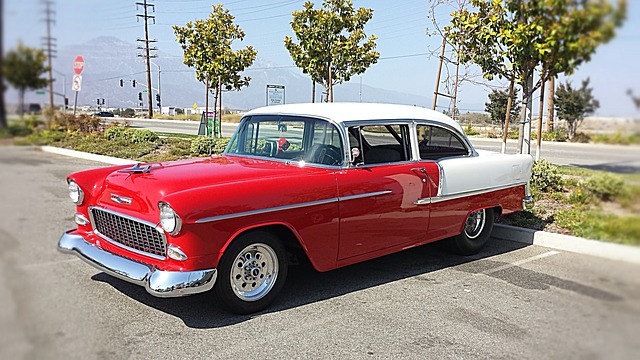Introduction
Priming a carburetor is an essential step in ensuring the smooth operation of small engines, such as those found in lawnmowers, chainsaws, or motorcycles. It involves manually introducing fuel into the carburetor to facilitate the engine’s starting process. In this article, we will discuss the steps involved in priming a carburetor and provide some useful tips to help you get the job done effectively.
Understanding Carburetor Priming
Before diving into the process of priming a carburetor, it is important to understand its purpose. A carburetor is responsible for mixing air and fuel in the correct proportions before delivering it to the engine for combustion. During periods of engine inactivity or after a prolonged shutdown, the fuel in the carburetor evaporates, leaving it dry. Priming the carburetor manually injects fuel into its chambers, making it easier for the engine to start.
Step-by-Step Guide to Priming a Carburetor
Step 1: Identify the Priming Bulb: Locate the priming bulb on your small engine. It is usually a small rubber bulb connected to the carburetor with a fuel line.
Step 2: Press the Priming Bulb: Depress the priming bulb several times to force fuel into the carburetor. Each depression of the bulb pushes fuel through the fuel line and into the carburetor’s chambers.
Step 3: Observe Fuel Flow: Keep an eye on the fuel flow while pressing the priming bulb. You should see fuel moving through the fuel line and into the carburetor. This indicates that the carburetor is being properly primed.
Step 4: Stop Priming: Once you observe fuel flowing into the carburetor, stop pressing the priming bulb. Over-priming can flood the engine with fuel, causing starting difficulties.
Step 5: Start the Engine: After priming the carburetor, follow the manufacturer’s instructions to start the engine. Typically, this involves setting the choke, pulling the starter cord, or using an electric starter.
Tips for Effective Carburetor Priming
– Know your equipment: Different small engines may have slightly different carburetor designs. Familiarize yourself with your specific engine’s carburetor and priming system by consulting the owner’s manual.
– Don’t overdo it: It’s important not to over-prime the carburetor. Excessive fuel can flood the engine, making it difficult to start. Follow the manufacturer’s recommendations for the number of times to press the priming bulb.
– Use fresh fuel: Ensure that the fuel you use for priming is fresh and of the correct type recommended by the manufacturer. Stale or incorrect fuel can lead to starting problems.
– Be patient: After priming the carburetor, give the engine a few moments to allow the fuel to reach all the necessary parts. Rushing the starting process immediately after priming may result in a failed start.
Conclusion
Priming a carburetor is a simple yet crucial step in starting small engines smoothly. By following the steps outlined in this article and considering the tips provided, you can ensure that your engine starts reliably and operates efficiently. Remember to always consult the manufacturer’s instructions for your specific equipment to achieve the best results.
References
– www.briggsandstratton.com
– www.honda-engines-eu.com
– www.echo-usa.com











